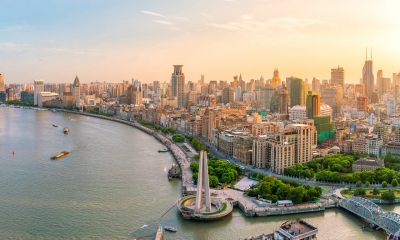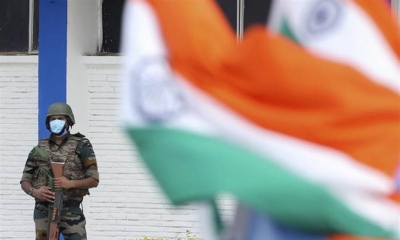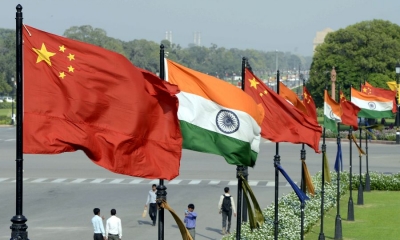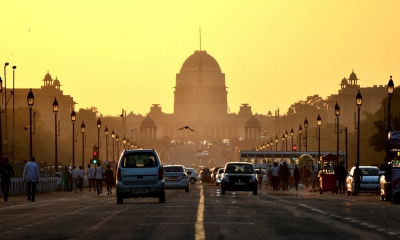India Should Not Be Fascinated with America’s Anti-China Policy
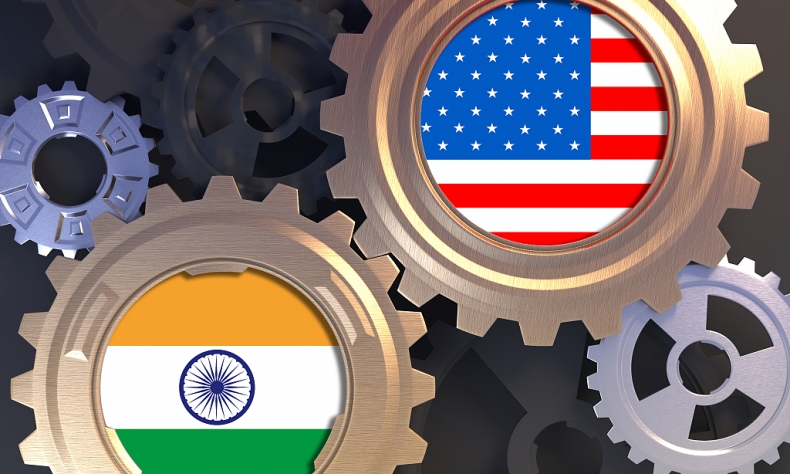
It is unwise for India to turn to the U.S. in resolving the ongoing Sino-Indian border issue. India’s ‘Non-alignment’ policy should not be sacrificed for the U.S.’ global hegemony agenda at the cost of its relationship with China.
At the invitation of President Joe Biden, Indian Prime Minister Narendra Modi’s first official state visit to the United States last week has attracted global attention and aroused heated discussion. Modi has visited the U.S. several times but this visit was undoubtedly significant for both countries given the current context and geopolitical rivalry. This visit has brought both countries closer with deals to boost cooperation in key areas ranging from space exploration to defense, critical and emerging technologies to semiconductors or chips.
More importantly, the way the Biden administration welcomed Modi clearly demonstrates that the U.S. is willing to pursue a strategically important relationship with India that will give America the support it needs to counter China’s growing political and economic influence on the international stage.
Why Biden wants to empower Modi-led India with open arms
The Indian leader was given a red-carpet welcome with a 21-gun salute on the south lawn of the White House on June 22 in Washington, D.C., which was followed by a gala state dinner hosted by President Biden and First Lady Jill Biden, the third such honor of Biden’s presidency.
Welcoming Modi with open arms, Biden told a crowd gathered at the White House: “I’ve long believed that the relationship between the United States and India will be one of the defining relationships of the 21st century… two proud nations whose love of freedom secured our independence, bound by the same words in our Constitution, the first three words, ‘We the people.’”
President Biden, who is still in no position to accept the reality of a rising China, has been making every effort to persuade India to join its anti-China game plan as part of its so-called Indo-Pacific strategy. As an alternative to China’s economic influence in Asia, the U.S. wants India as a “trusted ally” against China, alongside Japan and Australia as the next “safe destination” for investment. The U.S. wants to encircle China in the Indian Ocean by the QUAD, an alliance of the U.S., Japan, Australia and India.
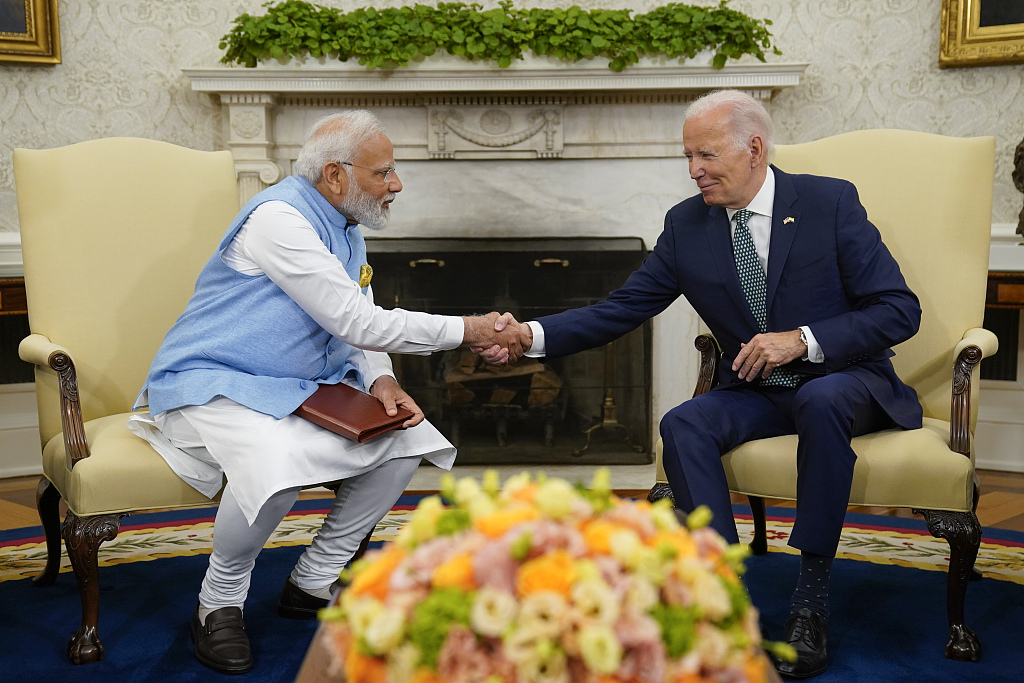
On the other hand, the relationship between the two Himalayan neighbours has grown increasingly fraught in recent years due to the border disputes. The Modi-led Indian government has accelerated its strategic tilt towards the U.S. in the security domain in order to counter both China and Pakistan, as well as to promote “New India” as a future great power. The White House has never tried to defuse India-China tensions on the Indo-China border.
As both Modi and Biden are seeking re-election, it is extremely important for both leaders to secure important political deals which will help them in their election campaigns. Biden administration designed Modi’s state visit to make India more important in defense and advanced technology amid rising tensions with China and the Ukraine crisis.
Most of the agreements and understandings signed between the two countries are military in nature. On June 22, American company General Electric (GE) Aerospace signed a Memorandum of Understanding (MoU) with Hindustan Aeronautics Limited (HAL) to produce fighter F414 engines in India for the Indian Air Force. India has signed a deal with the Biden administration to buy 31 MQ-9B weaponized drones made by General Atomics worth around $3.5 billion. Indian defense experts believe that the agreement on the sale of maritime surveillance drone MQ-9B Sea Guardian can counter China’s rising naval power.
According to another deal, U.S. chip-maker Micron Technology will set up a semiconductor manufacturing plant with an investment of $825 million in Gujarat which will reduce over-dependence on China. There is no doubt that all these deals will strengthen India’s security infrastructure and build strong military ties with the U.S., but all these arms deals and semiconductor manufacturing deals, have come at a high price in taxes paid by the Indian people.
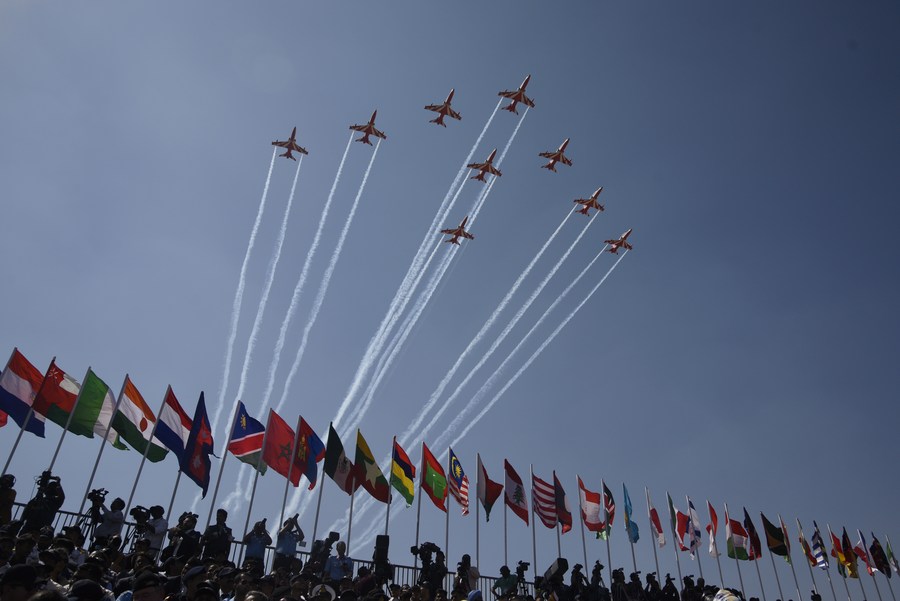
However, the question is whether India’s purchase of weapons from America or France or Russia is an ideal example of a “self-reliant India” slogan? India should be truly self-reliant in defense instead of taking the U.S. as its security guardian.
Diplomatic circles think that India’s hand on the border with Pakistan and China has been somewhat strengthened by the arms deals with America. America also wants to use India as a military bulwark against China in the Indian Ocean Region. However, the lot of arms deals as well as expanding military partnership is a clear signal that the U.S. is trying to wean India away from its traditional arms dependence on Russia, its largest arms supplier for decades.
What message does Modi’s visit send?
Since independence India traditionally rejects to join any formal alliances either in the West or in the East and instead promotes its role in multilateral organizations.
From the very beginning of the Ukraine crisis, India has refrained from joining the U.S. and other western nations in condemning Russia’s “special military operation” in Ukraine. As such, all eyes were on what message Modi gave to “friend” Russia while addressing the joint meeting of the U.S. Congress. In his address without mentioning the name of Russia, Modi reiterated that the present era is not an era of war but of dialogue and diplomacy while stressing that “bloodshed and suffering in Ukraine must be put to an end.” He added India was prepared to help resolve the conflict any way it can. The omission of Russia in Modi’s speech is a clear signal that New Delhi wants to maintain its deep ties with Moscow. So, it cannot be said that Russia is the past and America is the future.
The two leaders’ joint statement did not explicitly mention China, but references to the Indo-Pacific region and the so-called Quad Alliance made the point of the geopolitical alignment clear.
An article titled “Washington’s embrace of Modi carries a price” published in the Financial Times on June 17 noted that the U.S. is trying to use India as a bulwark against China. India should not see geopolitics as a game where one has to choose sides. India needs to understand geopolitics as an arena in which it must defend its interests.
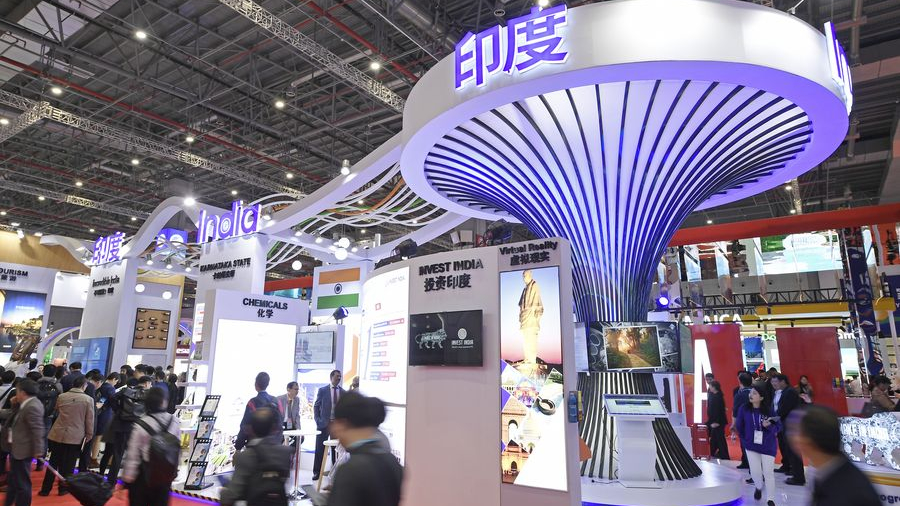
At the present moment, India cannot ignore its relationship with the world’s second-largest economy China because both India and China are the members of the G20, the BRICS and the Shanghai Cooperation Organization (SCO). More importantly, China retains the position as the top import source for India. India’s imports from China rose 4.16 percent to hit $98.51 billion in the 2022-23 fiscal year. China’s leaderships have stated on various occasions that the two countries are not a threat to each other and should well manage their differences in the current international and regional circumstances. It is unwise for India to turn to the U.S. in resolving the ongoing Sino-Indian border issue. India’s “Non-alignment” policy should not be sacrificed for the U.S.’ global hegemony agenda at the cost of its relationship with China.
Although in the fiscal year 2022-23, the U.S. has emerged as India’s largest trading partner by overtaking China with bilateral goods and services trade exceeding $191 billion but the two countries are yet to reach the threshold of signing the India-U.S. free trade agreements. India’s long-standing demand for a reduction in tariffs on steel and aluminum exports, as well as opening of the American market for Indian agricultural and engineering products, has yet to be resolved.
It’s now crystal clear that Modi’s ‘landmark state visit’ to the U.S. has failed to ink the long-awaited India-U.S. Free Trade Agreement except some arms deals worth billions of dollars from the Biden administration. Ahead of India’s crucial general elections in 2024, the general populace of India might ask what they got out of Modi’s U.S. visit so far.
The article reflects the author’s opinions, and not necessarily the views of China Focus.
 Facebook
Facebook
 Twitter
Twitter
 Linkedin
Linkedin
 Google +
Google +




